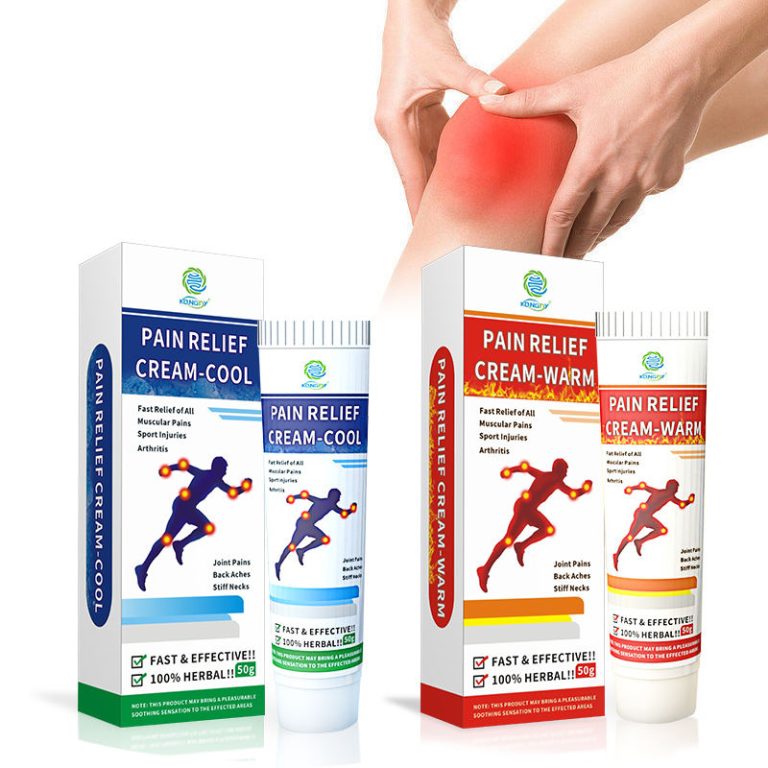Pain relief creams have become a popular go-to solution for individuals seeking relief from various aches and pains. These topical products, often containing ingredients like menthol, camphor, and capsaicin, promise to alleviate discomfort by reducing inflammation and numbing the affected area. However, the question remains: do these creams offer more than just temporary relief, or can they provide lasting solutions for chronic pain conditions?
- The Appeal of Pain Relief Creams
Pain relief creams have gained widespread popularity due to their convenience and ease of use. Unlike oral medications, which must pass through the digestive system, these topical creams are applied directly to the affected area, allowing for a more targeted delivery of the active ingredients. Additionally, many people perceive these creams as a safer alternative to prescription pain medications, which can have potential side effects and carry the risk of dependency.
- Temporary Relief or Long-Term Solution?
While pain relief creams can undoubtedly provide temporary relief from aches and pains, their effectiveness in addressing the underlying causes of chronic pain conditions is subject to debate. These creams primarily work by numbing the affected area or reducing inflammation, but they may not address the root causes of the pain, such as injury, arthritis, or underlying medical conditions.
For acute pain or minor muscle aches, pain relief creams can be a useful short-term solution, allowing individuals to manage discomfort while engaging in daily activities. However, for chronic or persistent pain conditions, relying solely on these creams may only mask the symptoms without addressing the underlying issues.

- Potential Limitations and Considerations
It’s important to note that pain relief creams are not without their limitations. Some individuals may experience skin irritation, allergic reactions, or other adverse effects from the ingredients in these creams. Additionally, the effectiveness of these products can vary from person to person, with some individuals experiencing little to no relief.
Furthermore, the long-term use of pain relief creams may not be sustainable or practical for individuals with chronic pain conditions. Continuous application of these creams can become time-consuming and costly, and there is a risk of developing a dependency on the temporary relief they provide, rather than seeking more comprehensive treatment options.
- Integrating Pain Relief Creams into a Comprehensive Approach
While pain relief creams can offer temporary relief and may be a useful adjunct therapy, it is essential to consider them as part of a comprehensive approach to pain management. For chronic or persistent pain conditions, seeking guidance from a healthcare professional is crucial to identify and address the underlying causes.
A holistic approach that combines pain relief creams with other modalities, such as physical therapy, exercise, lifestyle modifications, and, if necessary, prescription medications or interventional treatments, may provide the best chance for long-term pain management and improved quality of life.
In conclusion, while pain relief creams can offer temporary relief from aches and pains, they may not provide lasting solutions for chronic pain conditions. It is essential to explore these creams as part of a comprehensive treatment plan and to consult with a healthcare professional to address the underlying causes of persistent pain, ensuring a well-rounded and effective approach to pain management.






